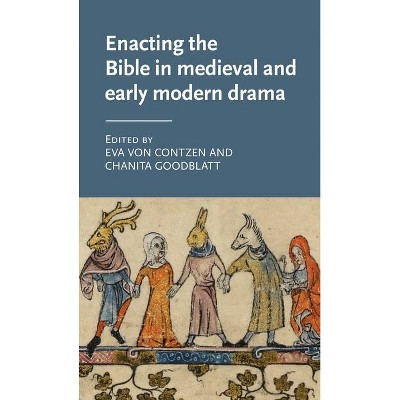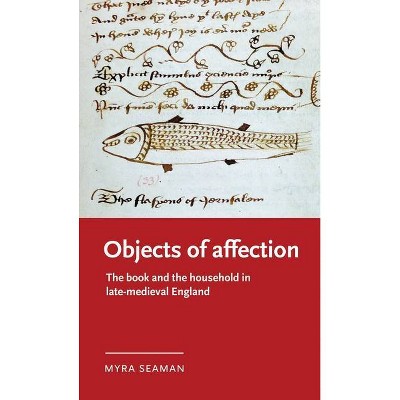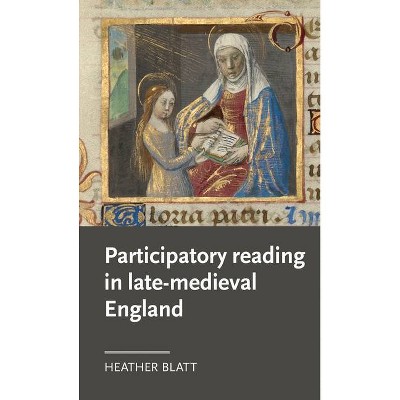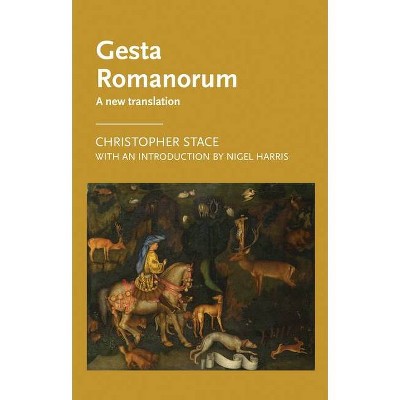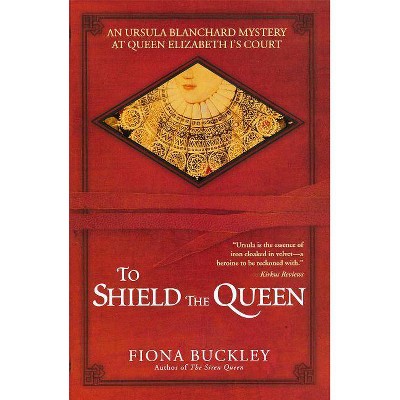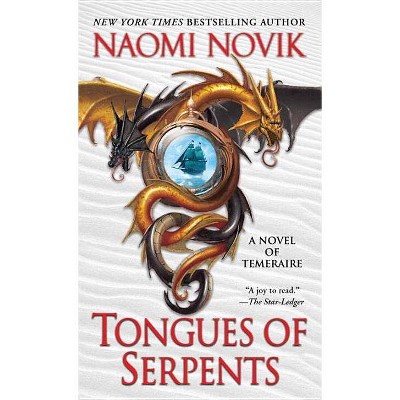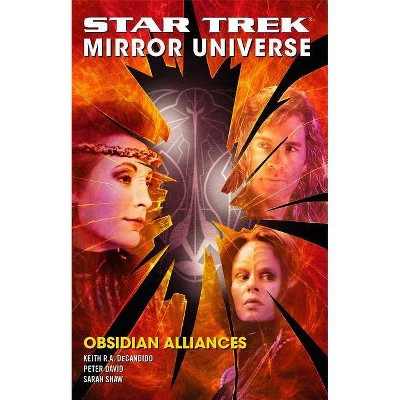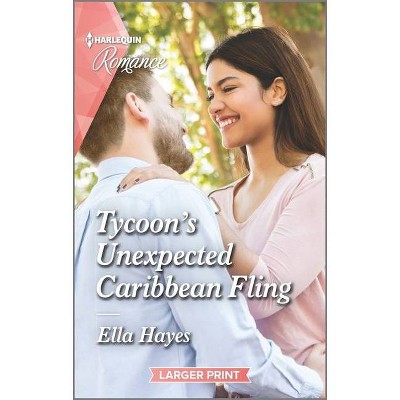Transfiguring Medievalism - (Manchester Medieval Literature and Culture) by Cary Howie (Hardcover)

Similar Products
Products of same category from the store
AllProduct info
<p/><br></br><p><b> About the Book </b></p></br></br><i>Transfiguring medievalism</i> explores medieval literature, modern poetry and theologies both medieval and modern to show how bodies can become apparent to the attentive eye as more than they first appear. Bringing together medieval sources with modern lyric medievalism, the book argues for the surprising porousness of time and flesh.<p/><br></br><p><b> Book Synopsis </b></p></br></br><i>Transfiguring medievalism</i> combines medieval literature, modern poetry and theology to explore how bodies, including literary bodies, can become apparent to the attentive eye as more than they first appear. Transfiguration, traditionally understood as the revelation of divinity in community, becomes a figure for those splendours, mundane and divine, that wait within the read, lived and loved world. Bringing together medieval sources with modern lyric medievalism, the book argues for the porousness of time and flesh, not only through the accustomed cadences of scholarly argumentation but also through its own moments of poetic reflection. In this way, Augustine, Cassian, Bernard of Clairvaux, Dante, Boccaccio and the heroes of Old French narrative, no more or less than their modern lyric counterparts, come to light in new and newly complicated ways.<p/><br></br><p><b> From the Back Cover </b></p></br></br><i>Transfiguring medievalism</i> explores the ways in which bodies, including literary bodies, reveal themselves to the attentive and desiring eye as more than they at first appear. It uses transfiguration, traditionally understood as the revelation of divinity in community, to indicate all those splendors that await within the read, lived, and loved world. The book encourages a closer reading of medieval literature in light of its modern, and especially its modern lyric, afterlives. It demonstrates that patience and attention, particularly to elements of touch, the body's boundaries, illumination, and their intersections in poetry, can be transfigurative practices. It does so not only through the accustomed cadences of scholarly argumentation but through its own moments of poetic and meditative reflection. Augustine, Cassian, Bernard of Clairvaux, Dante, Boccaccio, and the heroes of Old French narrative, as well as their modern lyric counterparts, come to light in new and newly complicated ways. They become, in a word, transfigured. This book is for students of medieval literature and theology, lovers of modern poetry, and anyone interested in the body and its enduring mysteries.<p/><br></br><p><b> About the Author </b></p></br></br>Cary Howie is Associate Professor of Romance Studies at Cornell University
Price History
Price Archive shows prices from various stores, lets you see history and find the cheapest. There is no actual sale on the website. For all support, inquiry and suggestion messages communication@pricearchive.us

